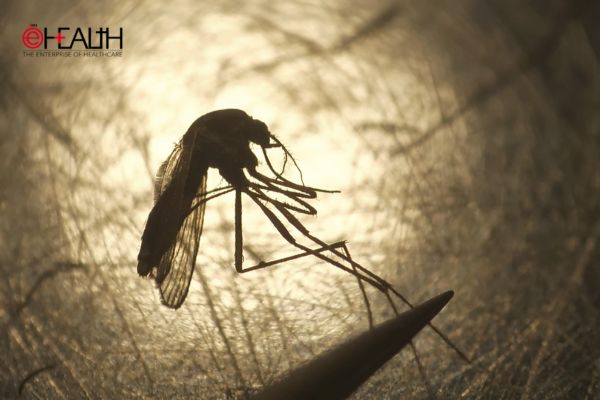
The rapid spread of Oropouche fever, commonly referred to as “sloth fever,” is raising alarms across the globe. First identified in the three-toed sloth of South America, this viral infection has recently surfaced in various regions, making it a pressing global health concern. With over 8,000 cases reported across South America, the Caribbean, and even reaching Europe and the United States, there is an urgent need for nations, including India, to take precautionary measures.
Global Spread and Response Efforts

Oropouche fever, transmitted primarily through the bites of infected mosquitoes and midges, manifests with symptoms often mistaken for other viral infections such as dengue and Zika. These include fever, severe headaches, muscle aches, stiff joints, nausea, vomiting, chills, and sensitivity to light. In some cases, the infection can lead to serious neurological complications, including meningitis and encephalitis.
As of August 2024, South American countries such as Bolivia, Brazil, Colombia, Cuba, and Peru have reported significant outbreaks. The virus has crossed borders, with over 20 cases recorded in the United States, primarily among travelers returning from Cuba. Europe has also seen 19 reported cases this year, indicating the virus’s growing reach.

In response, the World Health Organization (WHO) has issued comprehensive guidelines to assist countries in managing and containing the spread of Oropouche fever. These guidelines emphasize the importance of enhanced surveillance, early detection, and prompt isolation of cases. Additionally, vector control measures, such as the use of insecticides and the elimination of mosquito and midge breeding sites, are crucial in curbing the spread of the virus. Public awareness campaigns are also being rolled out to educate communities about the symptoms and preventive measures.

Countries such as the United States and European nations are already implementing these measures, with agencies like the Centers for Disease Control and Prevention (CDC) and the European Centre for Disease Prevention and Control (ECDC) taking the lead in monitoring and coordinating efforts. Meanwhile, in South America, the Pan American Health Organization (PAHO) is working closely with member states to improve laboratory diagnostics, conduct epidemiological investigations, and enforce public health measures.
India’s Proactive Measures
Although India has not yet reported any cases of Oropouche fever, the Ministry of Health and Family Welfare (MoHFW) is not taking any chances. Recognizing the potential threat, India is ramping up surveillance at airports, seaports, and other points of entry to detect and isolate any suspected cases. Designated hospitals are being prepared as nodal centers for the isolation, treatment, and management of potential outbreaks.
Public awareness is a cornerstone of India’s strategy. The government plans to disseminate crucial information about the disease, its transmission, and preventive measures through various platforms. This will include training for healthcare workers and issuing public guidelines to ensure that the population is well-informed.
Also Read: Revolutionising the Pharma Landscape
Looking Ahead: Collaboration and Research
India is also considering collaboration with global health organizations like the WHO to stay ahead of the situation. By sharing information and adopting best practices from other affected countries, India aims to strengthen its preparedness and response.
Investing in research and development is another key component of India’s strategy. Accelerating the development of vaccines and other therapeutic options will be vital in combating the spread of Oropouche fever.
As the world grapples with this emerging viral threat, India’s proactive approach could serve as a model for other countries. By taking comprehensive measures now, India is positioning itself to effectively manage and potentially prevent the spread of Oropouche fever within its borders.
Be a part of Elets Collaborative Initiatives. Join Us for Upcoming Events and explore business opportunities. Like us on Facebook , connect with us on LinkedIn and follow us on Twitter , Instagram.
"Exciting news! Elets technomedia is now on WhatsApp Channels Subscribe today by clicking the link and stay updated with the latest insights!" Click here!















